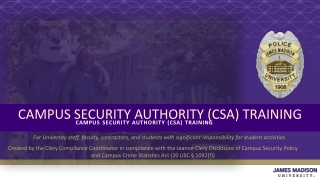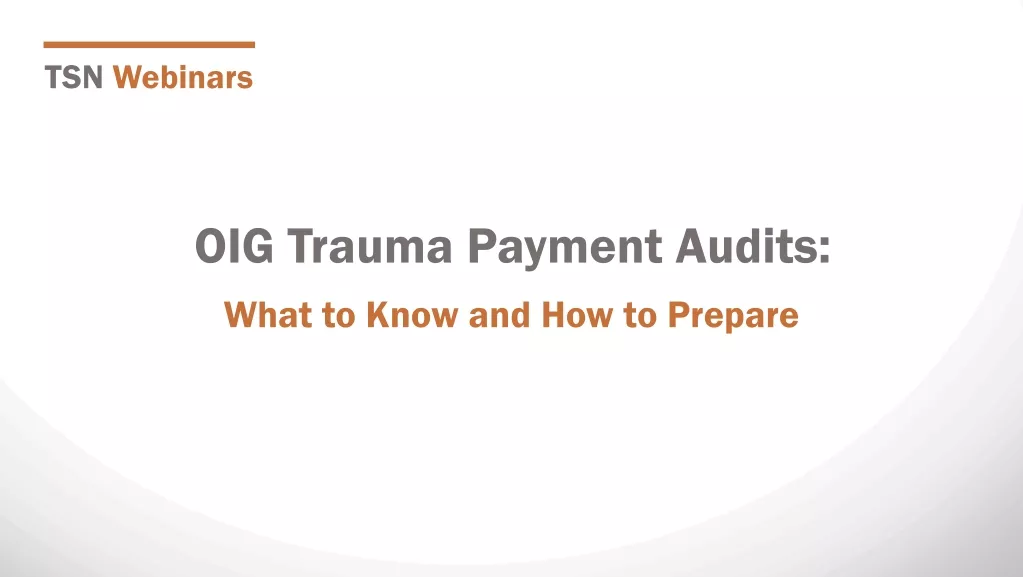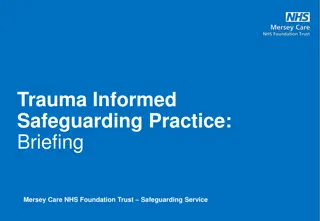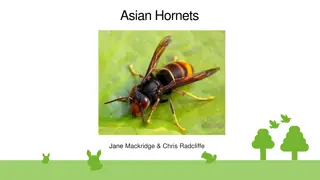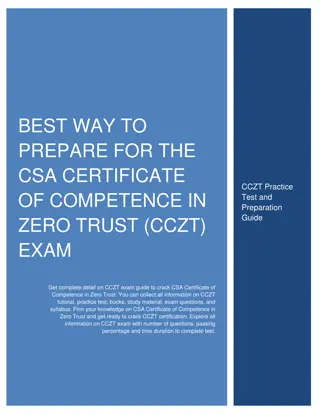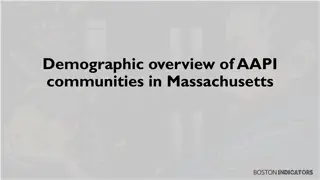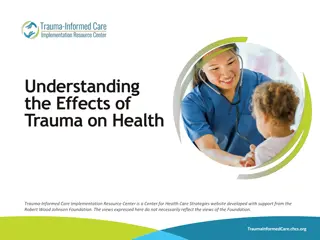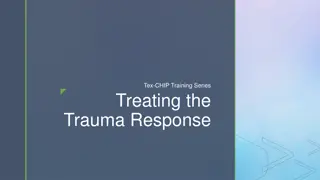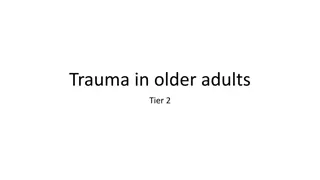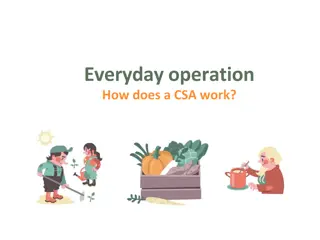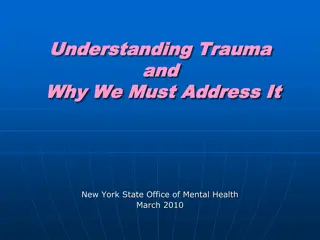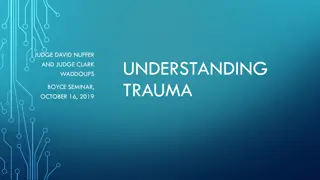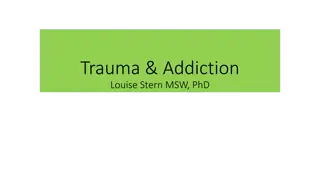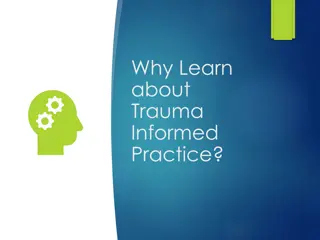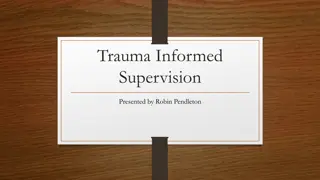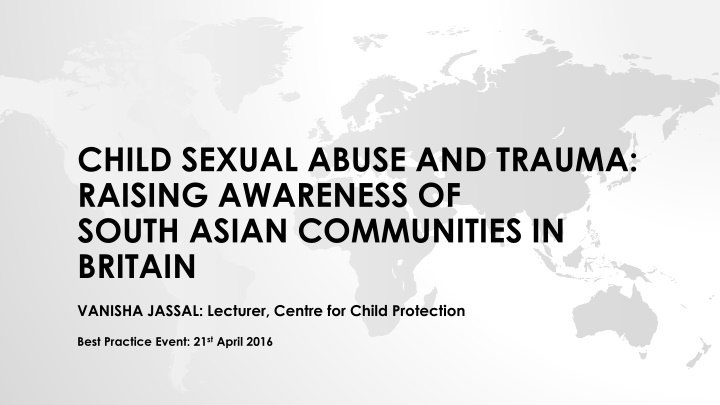
Raising Awareness of Child Sexual Abuse in South Asian Communities
Explore the challenges and under-reporting of child sexual abuse in South Asian communities in Britain, focusing on cultural aspects like IZZAT and SHARAM. Learn about the role of practitioners in managing this reality and find possible solutions at Best Practice Event.
Download Presentation

Please find below an Image/Link to download the presentation.
The content on the website is provided AS IS for your information and personal use only. It may not be sold, licensed, or shared on other websites without obtaining consent from the author. If you encounter any issues during the download, it is possible that the publisher has removed the file from their server.
You are allowed to download the files provided on this website for personal or commercial use, subject to the condition that they are used lawfully. All files are the property of their respective owners.
The content on the website is provided AS IS for your information and personal use only. It may not be sold, licensed, or shared on other websites without obtaining consent from the author.
E N D
Presentation Transcript
CHILD SEXUAL ABUSE AND TRAUMA: RAISING AWARENESS OF SOUTH ASIAN COMMUNITIES IN BRITAIN VANISHA JASSAL: Lecturer, Centre for Child Protection Best Practice Event: 21stApril 2016
In all communities, it remains difficult, and frequently traumatic, to disclose sexual abuse. In many Asian communities, some cultural imperatives appear to make it even more difficult. Cultural beliefs and values may also impact on the effects of abuse (Gilligan and Akhtar, 2006; page 1374). CHILD SEXUAL ABUSE AND TRAUMA: RAISING AWARENESS OF SOUTH ASIAN COMMUNITIES IN BRITAIN BEST PRACTICE EVENT 21ST APRIL 2016
THERE IS APPARENT UNDER-REPORTING OF CHILD SEXUAL ABUSE IN BRITAIN S ASIAN COMMUNITIES AND A VARIED CAPACITY AMONGST PROFESSIONALS TO RESPOND WITH CULTURAL COMPETENCE (GILLIGAN AND AKHTAR, 2006; PAGE 1361). THIS IS SUPPORTED BY THE 2014 CHILDREN S COMMISSIONER S REPORT ASSESSING CSA IN THE FAMILY NETWORK CHILD SEXUAL ABUSE AND TRAUMA: RAISING AWARENESS OF SOUTH ASIAN COMMUNITIES IN BRITAIN BEST PRACTICE EVENT 21ST APRIL 2016
NUMBER OF CHILDREN CATEGORISED AS SEXUAL ABUSE ON CP PLANS ACROSS 3 YEARS AND BY ETHNICITY All categories of abuse 49,690 48,010 Sexual Abuse (2014-2015) 2,340 2,280 Sexual Abuse (2013-2014) 2,210 2,140 Sexual Abuse (2012-2013) 2,030 1,990 All children Total known ethnicity White 37,420 1,910 5.10% 1,800 4.81% 1,660 4.43% Mixed Asian or Asian British Black or Black British Other ethnic group 4,170 2,980 120 140 4.69% 120 120 4.02% 110 120 4.02% 2,690 90 80 70 760 30 20 30 1. 2. Due to low numbers involved and to protect confidentiality, ethnicity is aggregated into groups. Asian or Asian British comprises of Indian, Pakistani, Bangladeshi, and any other Asian background. Source: Children in Need Census 2015, Department for Education.
THE LAST TABOO - FILE ON 4 (RADIO 4) Listen carefully to the below excerpts from Radio 4s File on 4 (2 Nov 2014) http://www.bbc.co.uk/programmes/b04mctw3 07.55 09.44 16.16-17.55 20:00 20:45 CHILD SEXUAL ABUSE AND TRAUMA: RAISING AWARENESS OF SOUTH ASIAN COMMUNITIES IN BRITAIN BEST PRACTICE EVENT 21ST APRIL 2016
DISCUSSION a) how aware are you about the secrecy of child sexual abuse within these communities? b) share your experiences of engaging with South Asian service users and challenges you face/have faced; c) are you familiar with the cultural concepts of IZZAT (honour/respect) and SHARAM (shame)? d) what role do we as practitioners and children s services have in managing this reality? e) suggestions for possible solutions? CHILD SEXUAL ABUSE AND TRAUMA: RAISING AWARENESS OF SOUTH ASIAN COMMUNITIES IN BRITAIN BEST PRACTICE EVENT 21ST APRIL 2016
WHY AM I STANDING HERE DELIVERING THIS SESSION? 1000s or may be more? unknown victims and silent voices 100s known victims 6 known cases including personal disclosures CHILD SEXUAL ABUSE AND TRAUMA: RAISING AWARENESS OF SOUTH ASIAN COMMUNITIES IN BRITAIN BEST PRACTICE EVENT 21ST APRIL 2016
FINAL (CONCERNING) THOUGHTS: IS IT A GENERATIONAL ISSUE? Bi-culturalism , hybridity and new ethnicities (Kriz and Skivenes, 2012; Hall, 1992a,b; Gilroy, 1993; Brah, 1996; Back, 1996; Werbner and Modood, 1997); However, Britain s Asian communities are actively maintaining and interpreting the cultural and religious value of earlier generations (Drury, 1996; Ghuman, 1999; Darr, 2001; Cressey, 2002; Lewis, 2002); Final excerpt from The Last Taboo (Radio 4 File on Four ; 2 Nov, 2014): http://www.bbc.co.uk/programmes/b04mctw3 31:13 33:30 CHILD SEXUAL ABUSE AND TRAUMA: RAISING AWARENESS OF SOUTH ASIAN COMMUNITIES IN BRITAIN BEST PRACTICE EVENT 21ST APRIL 2016
REFERENCES Back, L. (1996). New Ethnicities and Urban Culture . (London: UCL Press). Bernard, C. (2001). Constructing Lived Experiences: Representations of Black Mothers in Child Sexual Abuse Discourses . (Aldershot: Ashgate). Brah, A. (1996). Cartographies of Diaspora . (London: Routledge). Brandon, M., Thoburn, J., Lewis, A. and Way, A. (1999). Safeguarding Children with the Children Act 1989 . (The Stationery Office). Chand, A. (2005). Do you speak English. Language Barriers in Child Protection Social Work with Minority Ethnic Families .British Journal of Social Work, V.10, pp169-178. Children in Need Census (2013-2015). (Department for Education). Children s Commissioner (2015). Protecting children from harm: A critical assessment of child sexual abuse in the family network in England and priorities for action (London). Cressey, G. (2002). Followers of tradition, products of hybridity or bearers of change: British Pakistani and Kashmiri young people . Sociale Wetenschappen (Social Sciences), V.45(2), Tilburg University. (Resource to be located). Cowburn, M. and Gill, A. (2015). Speaking about sexual abuse in British South Asian communities: offenders, victims and the challenges of shame and reintegration . Journal of Sexual Aggression. V.12(1), pp4-15. Darr, A. (2001). The Underrepresentation of Asian Students on Nursing, Radiography and Physiotherapy Courses . Unpublished PhD thesis, Department of Applied Social Studies, University of Bradford. Drury, B. (1996). Sikh girls and the maintenance of an ethnic culture . New Community, V.17(3), pp387-398.
REFERENCES Futa, K.T., Hsu,E. and Hansen, D.J. (2001). Child Sexual Abuse in Asian American Families: An examination of cultural factors that influence prevalence, identification, and treatment . American Psychological Association. V.8, pp189-209. Ghuman, P. (1999). Asian Adolescents in the West . (Leicester: BPS Books). Gilligan, P. and Akhtar, S. (2006). Cultural barriers to the Disclosure of Child Sexual Abuse in Asian Communities: Listening to What Women Say . British Journal of Social Work, V.36, pp1361-1377. Gilroy, P. (1993). The Black Atlantic . (Cambridge: Harvard University Press). Hall, S. (1992a). New ethnicities in Donald, J. and Rattansi, A. (eds), Race, Culture and Difference . (London: Sage). Hall, S. (1992b). The question of cultural identity in Hall, S., Held, D. and McGrew, T. (eds), Modernity and its Futures (Cambridge: Polity, Blackwell and the Open University Press pp273-325). Kriz, K. Skivenes, M. (2012). Child-centric or family focused? A study of child welfare workers perceptions of ethnic minority children in England and Norway . Child and Family Social Work. V.17, pp448-457. Lewis, P. (2002). Islamic Britain: Religion, Politics and Identity among British Muslims . (London: I.B.Tauris & Co.). Moghal, N., Nota, I. and Hobbs, C. (1995). A study of sexual abuse in an Asian community . Archives of Disease in Children, V.72, pp346-347. NSPCC (2014). Social workers knowledge and confidence when working with cases of child sexual abuse . (Coventry University). Owen, C. and Statham, J. (2009). Disproportionality in Child Welfare. The prevalence of BME Children within the Looked After and Children in Need populations and on Child Protection Registers in England . (DCSF). Patel, D. (1991). Asian women s experiences of child sexual abuse: an initial project . Unpublished project, University of East London. Singh, A.A., Hays, D.G., Chung, Y.B. and Watson, L. (2010). South Asian Immigrant Women Who Have Survived Child Sexual Abuse: Resilience and Healing . Violence Against Women. V.16(4), pp444-458. Webb, E., Maddocks, A. and Bongill, J. (2002). Effectively Protecting BME children from Harm: Overcoming barriers to the CP Process . Child Abuse Review, V.11, pp394-410. Werbner, P. and Modood, T. (eds) (1997). Debating Cultural Hybridity . (London: Zed Books).
Vanisha Jassal v.jassal@kent.ac.uk 01227 823737 THANK YOU FOR LISTENING AND DO GET IN TOUCH IF YOU ARE INTERESTED IN THIS RESEARCH. CHILD SEXUAL ABUSE AND TRAUMA: RAISING AWARENESS ABOUT BRITISH SOUTH ASIAN COMMUNITIES BEST PRACTICE EVENT 21ST APRIL 2016

